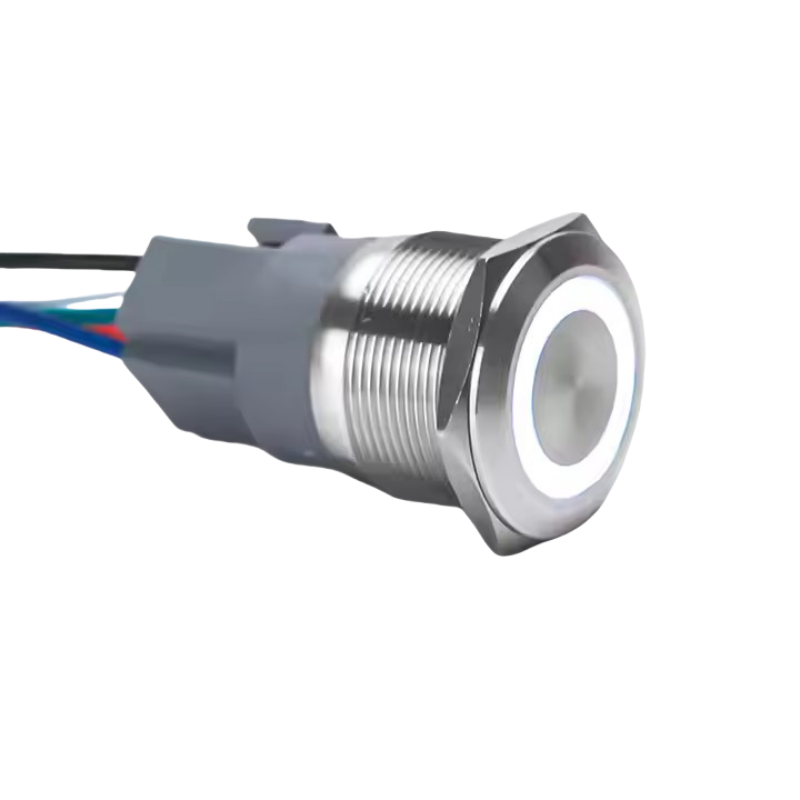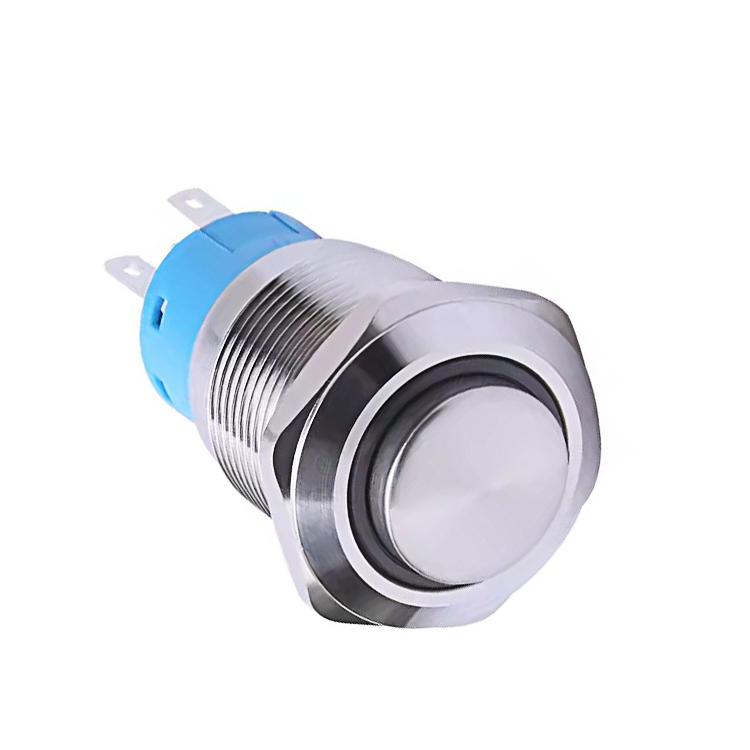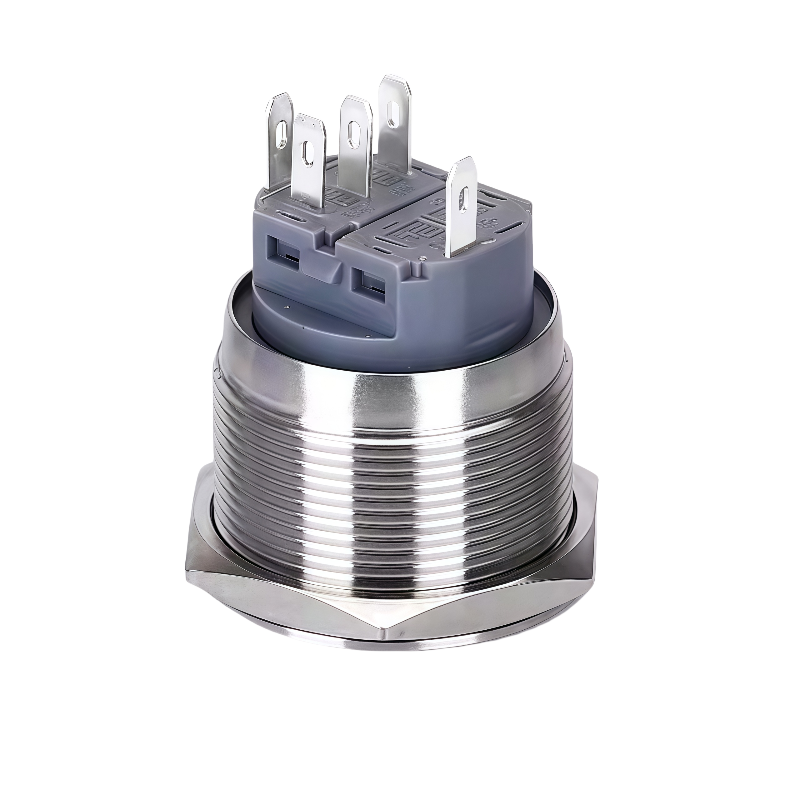The automotive industry is undergoing a transformation driven by electrification, autonomy, and connected vehicles. At the heart of this evolution lies the push button switch, which is redefining how drivers and passengers interact with their vehicles. From intuitive dashboard controls to adaptive interfaces, push buttons are shaping the future of automotive UX. This blog explores their role in modern car design.

1. The Shift from Mechanical to Digital Controls
Traditional mechanical switches are being replaced by digital alternatives:
- Capacitive Buttons: Touch-sensitive panels eliminate physical buttons, offering a clean, modern look. Tesla’s Model S, for example, uses a touchscreen to consolidate all controls into one interface.
- Haptic Feedback: Buttons with simulated tactile responses provide a sense of “click” without physical movement, ensuring safe operation while driving.
- Voice-Activated Buttons: Voice commands reduce the need for manual interaction, enhancing driver safety. BMW’s iDrive system allows users to control climate settings via voice.
These innovations prioritize minimalism and driver focus.
2. Push Buttons in Electric and Autonomous Vehicles
Electric and autonomous vehicles demand new control paradigms:
- Energy Management: Buttons for regenerative braking or driving modes (e.g., “Eco” vs. “Sport”) are critical in EVs.
- Autonomy Controls: Buttons to activate/deactivate self-driving features (e.g., Tesla’s Autopilot) require clear, intuitive design to build user trust.
- Customizable Dashboards: Buttons on steering wheels or center consoles can be programmed to access frequently used functions like cruise control or media playback.
Audi’s Virtual Cockpit, for instance, combines physical and digital buttons to create a hybrid interface.

3. Safety and Redundancy in Automotive Button Design
Safety remains a top priority:
- Redundant Controls: Critical functions (e.g., braking, emergency stop) retain physical buttons to prevent system failures.
- Child-Proof Locks: Buttons for doors or windows can be disabled to prevent accidental activation by passengers.
- Weatherproofing: Buttons in electric vehicles are designed to resist dust, moisture, and extreme temperatures.
These features ensure reliability in diverse conditions.
4. The Future of Automotive Push Buttons
Emerging technologies are set to redefine push button switches:
- Gesture Recognition: Buttons could be activated through hand movements, reducing physical contact.
- Adaptive Interfaces: Buttons might change their function based on driving conditions (e.g., night mode vs. daylight mode).
- Neural Integration: Brain-computer interfaces could replace buttons entirely, though this remains speculative.
As cars become smarter, push buttons will evolve to match their capabilities.

Push button switches are central to the automotive revolution, bridging the gap between driver intent and vehicle response. By embracing digitalization, safety, and customization, these buttons are redefining in-cabin experiences. As the industry moves toward electrification and autonomy, push buttons will continue to innovate, ensuring that vehicles remain intuitive, safe, and user-friendly.


